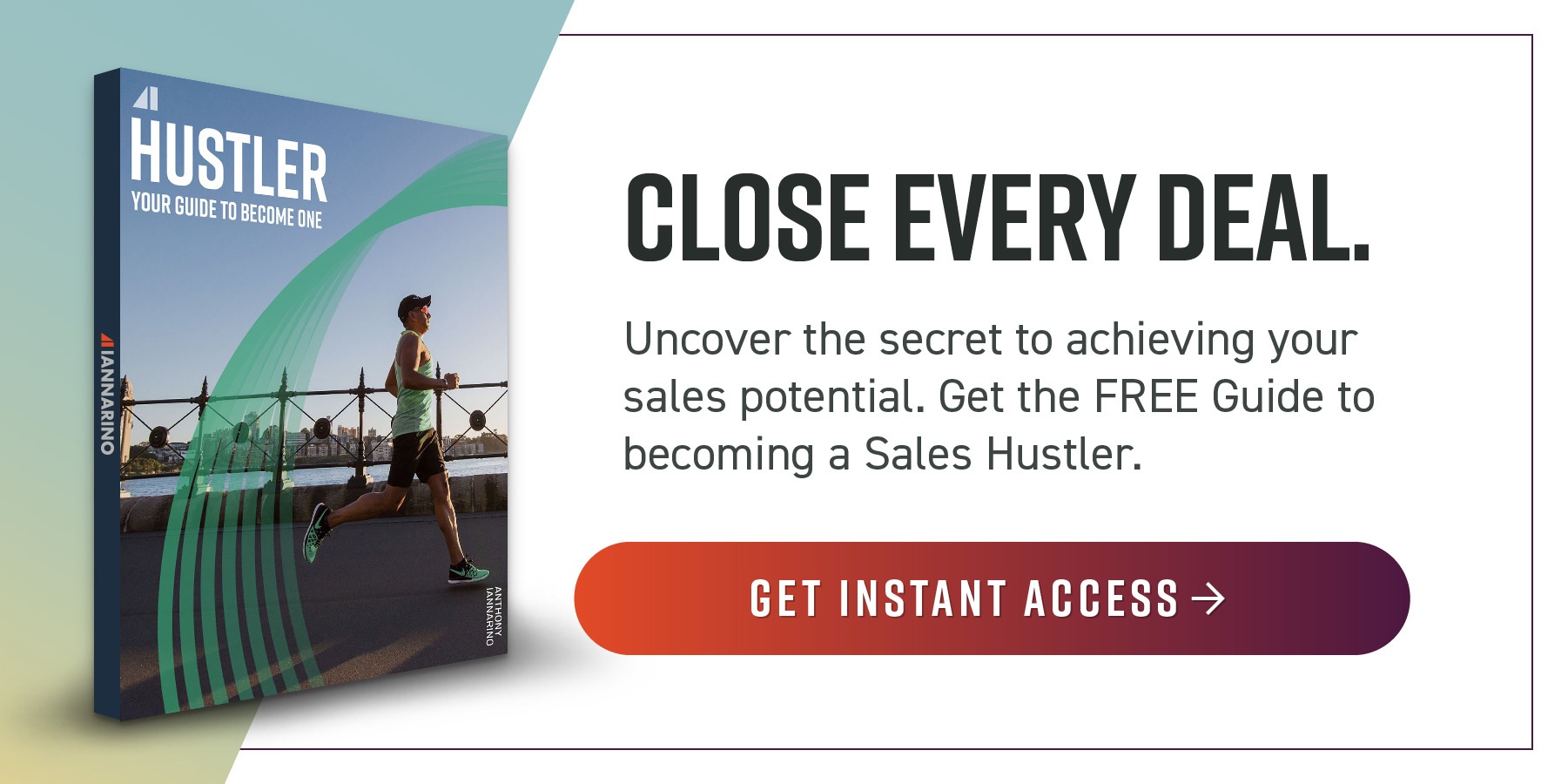When it comes to competition in sales, there are two conflicting ideas. On the one hand, there is nothing you can do about your competitors, especially those with a weak connection to anything resembling a moral code. But it is your obligation to identify your competitors and develop sales strategies that allow you to beat them in a contest for your ideal customers. A competitive analysis is essential in every industry, as there are typically many companies selling the same products or services. You don’t want to lose.
In this article, we will define competitive analysis for B2B sales, assess the competitive landscape, and provide practical tips for conducting a successful competitive analysis that will help you vanquish your competitors in a contest for deals and market share in your territory.
What Is Competitive Analysis?
Competitive analysis is identifying your competitors and indirect competitors to assess their strengths and weaknesses so you can beat them for deals or displace them by taking a client away from them.
The benefits of a competitive analysis are that it provides you with insights into how your competitors win and lose deals. By using this knowledge in your B2B sales process, you can gain a competitive edge. To effectively use your competitive analysis, avoid using your competitors' names. If your B2B customer asks you about your competitor, only say nice things like, "We have friends there. They're good people. We just do things differently."
The Competitive Landscape
To understand the competitive landscape, you need to start with an assessment of the different models your competitors use to deliver value to their clients. You can start by looking at a maturity model. On the far left, you identify the low-price competitors. Moving one step over, you find the low-price competitors who have scaled up. The next model consists of companies that deliver value greater than the first two models (some of these are boutique companies that are highly effective). Finally, there are the giants in the industry, the large competitors you compete with.
One way to differentiate yourself is to use a triangulation strategy to teach decision-makers about the strengths and concessions that come with each of the different models in your industry. You can find more on this strategy in Elite Sales Strategies: A Guide to Being One-Up, Creating Value, and Becoming Truly Consultative.
Once you have created a model of how your competitors go to market, you can list the individual competitor companies under the different models. By categorizing your competitors, you already have some idea about how they sell, and how you can counter their strengths by exploiting their weaknesses. If you work for a company with the resources, this is a marketing strategy, and you would do well to engage them in this process.
Analyzing the Strengths and Weaknesses of Competitors
Most B2B salespeople are taught in their onboarding that their company and their "solutions" are the best in the industry. The truth lies elsewhere. Your company is right for your clients, and some of your competitors are better for other companies. One of the best ways to convey this information is using a triangulation strategy, which evaluates each competitor’s business model and explains the tradeoffs each one requires.
Here is an easy starting point for assessing your competitors' strengths and weaknesses, something that only exists in context. Imagine you have a low-price competitor with a much lower price. Their strength is their price. Their weakness is that their model is only attractive to companies that need a low price. If your model is boutique, you must create greater value and expose the undisclosed concessions that will cost the client time, money, and maybe their customers.
In my time in sales, I was continually challenged to compete against the largest companies in my industry. At first, it was intimidating to compete with companies that were billions of dollars larger than my company. The giants in my industry had many problems, even if large companies liked to buy from companies with a large footprint. Their weaknesses in the sales conversation were that their sales teams relied on size and scale, often ignoring the client's pain points.
Remember that companies don't win clients; salespeople do. A great salesperson in a small company can beat large competitors not by beating them at their own game, but instead by using sales judo, pointing to the competitor’s size and scale as a disadvantage. Buyers want to buy from someone who cares about them, regardless of the provider’s size.
Conducting a Competitive Analysis
You have started the competitive analysis. The next step is to take a deeper look into individual competitors. The first and easiest way to start your analysis is by opening your CRM and adding the company that owns the clients in your territories. If you haven't already tracked this information, you must start here.
Gathering Information on Competitors
Still, to this day, when I sign in when visiting a client, I look for competitors’ names in their register. I got to know who I was competing against. Whenever I saw a certain person's name, I knew it would be a difficult contest. She was impressive in the first meeting. But after the first meeting, she became unimpressive. It was better for me to follow her.
One of the easiest ways to understand how to gather information on your competitors is to learn how and why they lose deals. When you beat them for a deal or displace them, you can identify what weakness caused them to lose, but this is also true for you. When you lose, it's important to understand why your competitor closed the deal instead.
Analyzing the Data and Identifying Key Insights
It's important to track as much information as possible, including things like pricing, the problems that cause your competitors to lose, the date they won the client, when they launched a new product, and their tendencies. These insights need to be organized in your CRM, making it a strategic asset.
Leveraging Competitive Analysis to Gain a Competitive Edge
You can use these key insights to sell in a way that exposes your competitors' weaknesses without ever saying their name. Knowing that my large competitors told our mutual prospective clients about how many offices they had across the world, I would ask how the 3,999 locations that would never serve their location provide a benefit. Then I would explain why the client would pay more for the competitor’s marketing. I turned the competitor’s size advantage into a disadvantage. When this is true, you can also mention that the decisions your clients need will come from the people taking care of them, not some faraway headquarters.
Developing a Strategy to Differentiate Your Company from Competitors
The best way to differentiate yourself and your company from your competitors is to use value-creation strategies that position you as an expert and authority. You can differentiate your company using the triangulation strategy mentioned above, teaching the client the different models and what companies benefit from each model.
Identifying Opportunities to Outperform Competitors
The reason you do the work of a competitive analysis is to outperform your competitors and win new clients. The analysis you do here will help you understand how to compete and when not to compete, even when you don’t want to walk away. For example, you might allow your competitors to take the low-price clients and let them make a little profit, something that will harm them if that isn't their delivery model.
Challenges and Limitations of Competitive Analysis
It's important to develop a competitive analysis, but there is a limit to this work. There is nothing you can do about your competitors, especially the sketchy ones. All you can do is learn how to beat your competition by beating them in the sales conversation.
The more sources you have, the more likely you are to find the sales strategy that will allow you to win competitive deals.
Your Competitive Analysis
Competitive analysis is underrated and needs professional sales enablement. It's important to win deals, and knowing how your competitors win and lose can help you reduce their advantage and give you a competitive edge.
Understanding your competition is essential to succeeding in sales. By conducting a thorough competitive analysis and gathering information about your competitors, you can gain insights into their strengths and weaknesses, and identify opportunities to outperform them. By leveraging this knowledge, you can differentiate yourself and your company from your competitors and win new clients by beating your competitors fair and square in the sales conversation.













